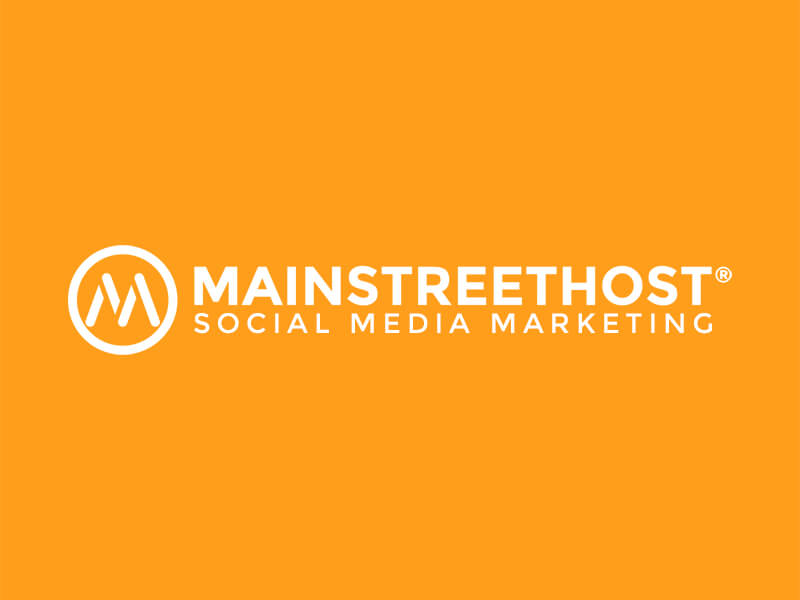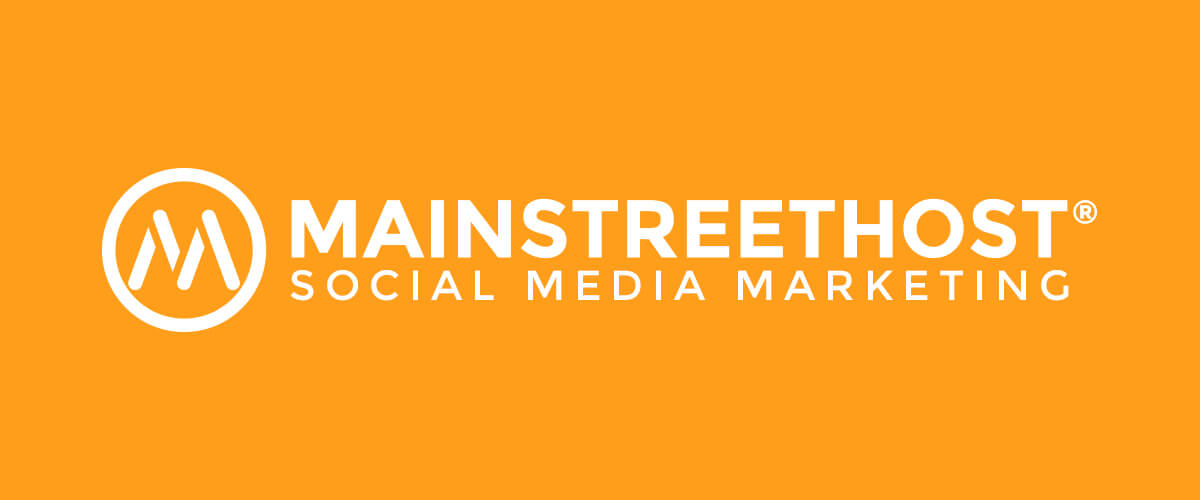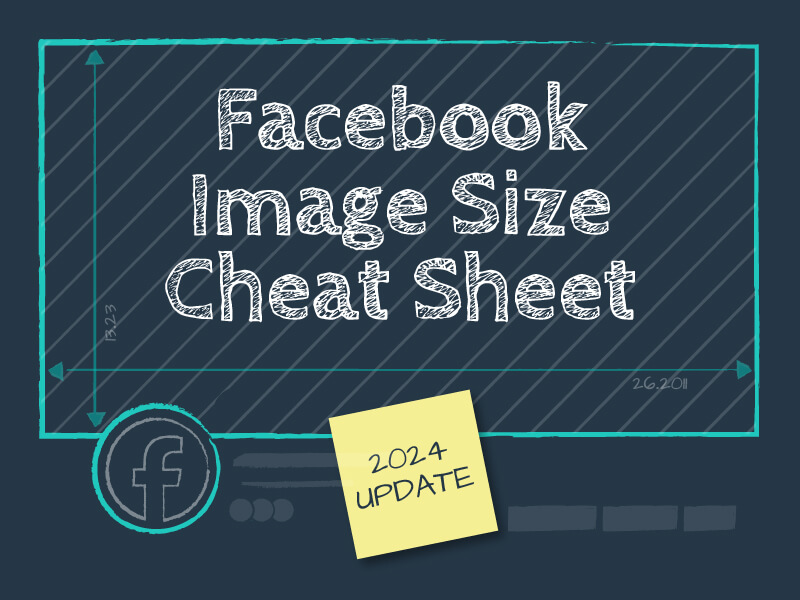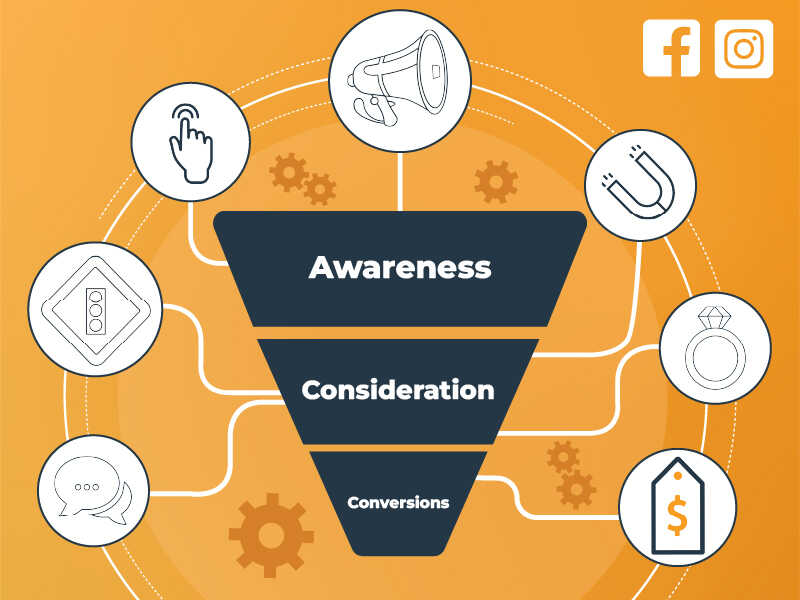Recently, Mark Zuckerberg set the internet ablaze by suggesting that Facebook had been developing the long called for “Dislike” button. For years, users were clamoring for a pessimistic counterpart to the “Like.” For the most part, industry experts have assumed that these calls for more cynical Facebook reactions would go un-answered, as Facebook’s brand and mission statement were built on facilitating positive connections, not negative ones.
Click Here for Our Free Resource on Creating Perfectly-sized Images Across social Media Platforms.
These assumptions proved at least partially correct, as Zuckerberg confirmed in his comments that a rigidly defined Dislike button is not something we’ll ever see on the platform:
Some people have asked for a dislike button because they want to say, ‘That thing isn’t good.’ And that’s not something that we think is good for the world. So we’re not going to build that.
He recognized, though, that there are more appropriate non-verbal Facebook “reactions” that could facilitate meaningful conversations. The example he cited – and one which has been long discussed by users looking for some form of a Dislike button – is that people often post about sad events in their lives. When someone loses a loved one or is venting about a truly awful day, his/her Facebook friends should have some way to empathize without leaving the afflicted to wonder whether their Like was a sign of positive encouragement or salt-in-the-wound bullying.
Well, that day has finally come. Facebook rolled out the new reactions options globally this morning, so get ready for a more colorful News Feed.
Express Yourself With Facebook Reactions
For this reason, Facebook is rolling out an expanded set of image-based reaction buttons – similar to emojis – that were first tested in Spain and Ireland. The new Reactions feature will include:
For brands, this signals a change in the way engagement will be measured and interpreted. As it stands now, engagement on branded (and/or promoted) Facebook posts is largely based on Likes (along with reach, comments, and shares.) Now, that will change. Brands will be forced to face an engagement landscape covering a whole host of new emotions. For social media marketers working for those brands, this should be a welcome change.
While it may lead to slightly more complicated conversations with superiors regarding post performance, it will also present new opportunities. After all, the Like – while simple and easy to wrap your mind around – doesn’t actually tell you that much about how users were reacting to the post. Were they genuinely interested in what the post offered and want to be shown similar ones in the future? Did they find the post so abhorrently ill-conceived that they decided to Like it ironically? Did they like what it represented, but aren’t any more interested in buying something from the company than they were in the first place?
These are questions that marketers have been plagued with for as long as Facebook marketing has existed. While the new development doesn’t necessarily eliminate that uncertainty, it does make it easier for brands to gain a more in-depth understanding of their engagement numbers. With less and less people willing to type out full, prose-style responses to posts, this will give them an outlet for responding even if a Like doesn’t cover what they’re looking to say.
Facebook Also Now Supports GIFs
In addition to Reactions, Facebook announced in May ’15 that its platform would begin supporting graphic interchange format (or GIFs) – the bitmap image format that has become synonymous with short, viral video content. Part of the reason GIFs have become so popular is that their simple functionality is supported by a wide variety of different browsers and set-ups, making them extremely spreadable. Often involving basic animation, GIFs are the perfect analog to the static meme we’ve all become so familiar with.
As Facebook continues to battle with Google’s YouTube platform for online video content supremacy, it makes sense to let users use these rudimentary “videos” to interact with each other as well. Users on Tumblr and Twitter have long made use of GIFs to create meme-able moments and rapidly spread them, so there’s no reason for Facebook not to trade in a proven valuable commodity. GIFs are a great way for Facebook to make its platform more animated and fun without hurting its brand.
In addition to their practical advantages (being shareable, universally fast-loading, etc.), GIFs also make sense for Facebook for a more aesthetic reason. Social media – while facilitating countless types of connections – gains momentum most easily when it serves as a way for us to make each other laugh. The quality of a platform’s collective sense of humor does a great deal in determining the success of the brand. As Facebook becomes increasingly popular amongst the Baby Boomer generation (nothing wrong with that, necessarily – especially not the revenue it represents), that branding takes a little bit of a hit in terms of seeming less “hip.”
By restricting the communication channels on its platform, Facebook was restricting the sense of humor of its users. Now, that’s not to say that anyone with access to an emoji menu is instantly Aziz Ansari. But the essence of a generation can be found in its humor – and, for better or worse, today’s generation of irony-obsessed millennials loves emojis and GIFs.
Adding Expressive Options is Good Branding
Whenever Zuckerberg & co. are forced to decide whether or not to let users be more expressive (similar decisions involved layout customization, font options, natively embedded music, etc.) one refrain comes bellowing back from the users:
“DON’T BECOME MYSPACE!”
While Myspace nostalgia has its place, for the most part we’ve all moved on from the OG social platform rather unceremoniously. Why are we so ashamed of it? Well, much of it has to do with our own sins of excess. Myspace gave users the opportunity to personalize their pages in ways that at the time seemed both technologically advanced and freeing – personal songs, flashy backgrounds, animated icons, etc. Quite quickly, though, these ornamental features became extremely busy and – even worse – culturally clichéd. Part of the reason Myspace lost credibility so rapidly was that the aesthetic choices it facilitated became out-of-date almost immediately. They couldn’t cater to their teenage demographic without embarrassing themselves in front the generations of users who’d just recently aged out of the “OMG why don’t u have me in ur Top 8?” state of mind.
Facebook, on the other hand, has spent its first decade in existence as an aesthetic constant. While format changes happen regularly, the color schemes, fonts, and timelines have been completely free of personal flourishes. So will these new allowances bring Facebook into the dangerous territory that ended Myspace? Well, we seriously doubt that. For one, Facebook is simply too entrenched as a part of our daily lives. The user growth has been so astronomical that minor aesthetic changes like these simply don’t have the influence to bring the platform down, even if they aren’t well received. Secondly, as silly as it sounds, emojis and GIFs are part of our cultural lexicon. For Facebook to ignore that fact any longer wouldn’t have made much sense.
Facebook Reactions simply allow the people conversing on its platform to do so as if they were texting each other.





